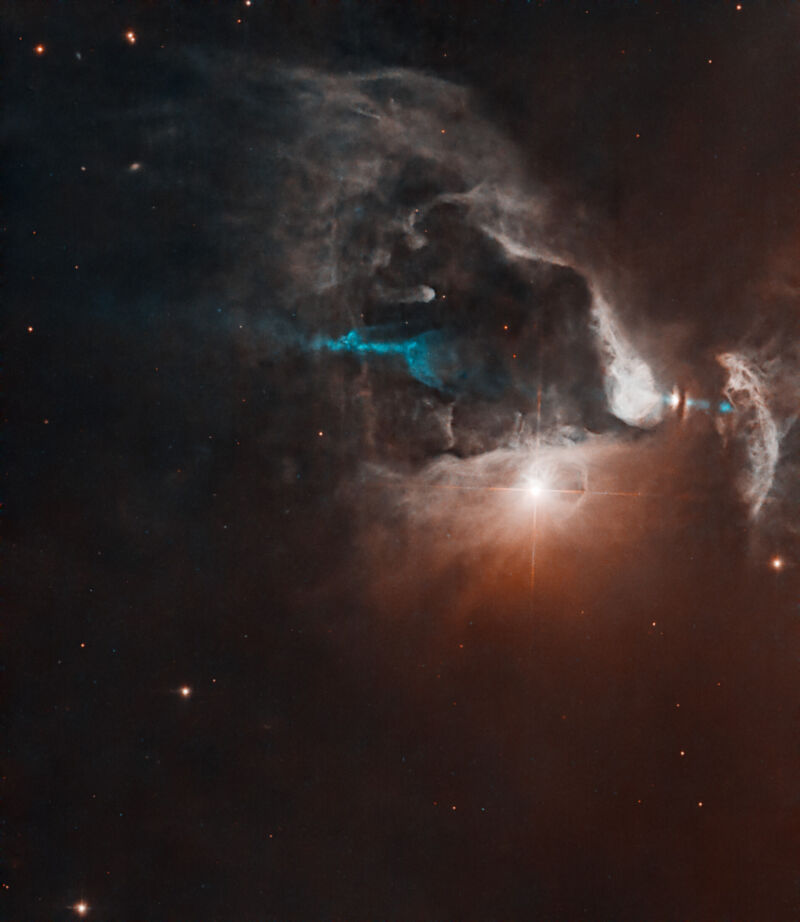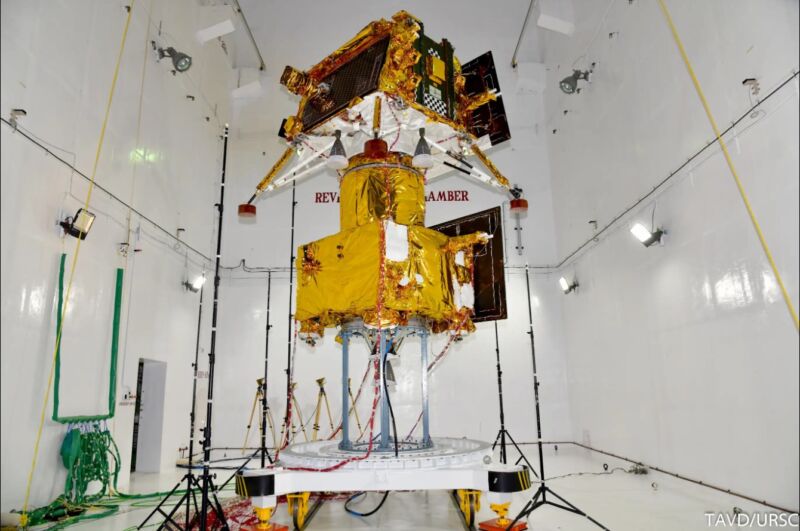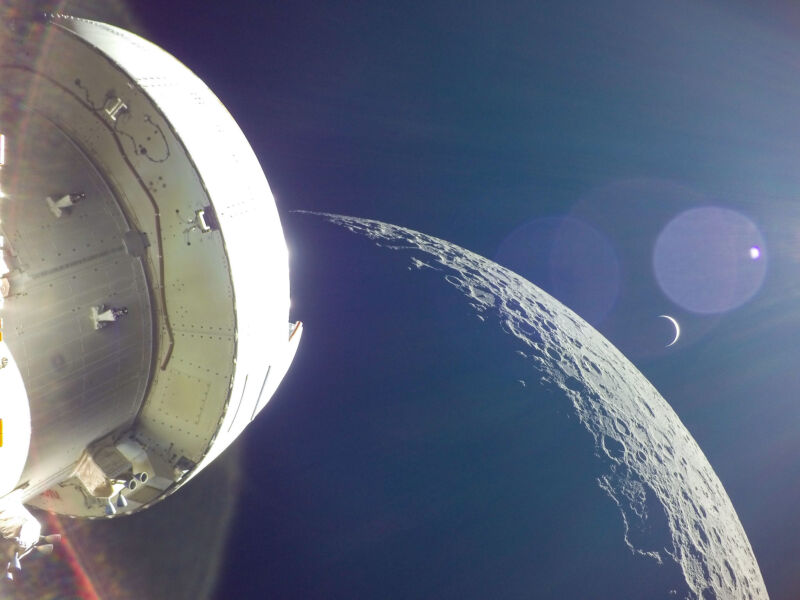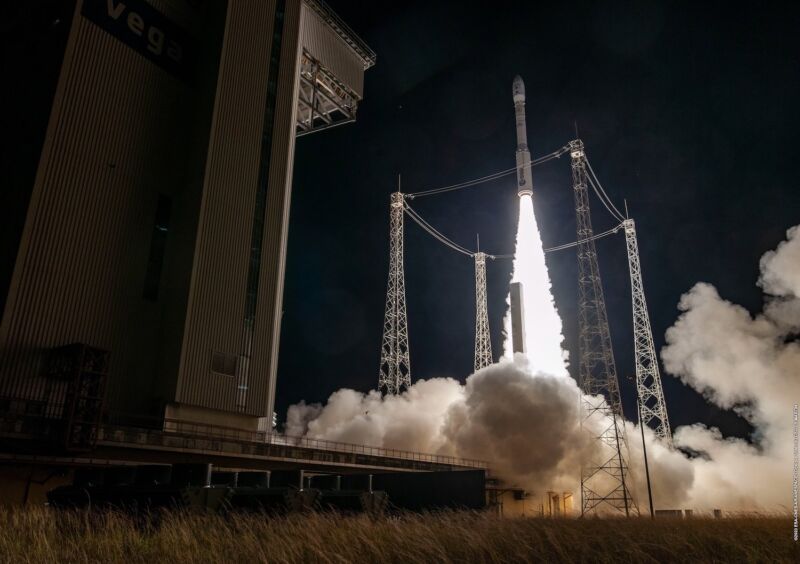-
 chevron_right
chevron_right
The company building a rotating detonation engine is pushing the tech forward
news.movim.eu / ArsTechnica · Wednesday, 27 March - 18:23

Enlarge / A Venus Aerospace drone makes a powered flight. (credit: Venus Aerospace)
Venus Aerospace conducted its first powered flight last month, reaching Mach 0.9 with a drone.
The 8-foot-long vehicle was dropped from an Aero L-29 Delfín aircraft at 12,000 feet and flew under the power of a hydrogen peroxide monopropellant engine. This engine was not fired at full thrust because the location of the test flight, an unspecified range in the United States, did not permit flight faster than the speed of sound, said Andrew Duggleby, co-founder and chief technology officer of the Houston-based company.
This first powered flight came as the company announced a long-duration test firing of its rotating detonation rocket engine, an experimental approach to propulsion that could be about 15 percent more efficient than a conventional chemical rocket engine. The company's long-term ambition is to develop a commercial aircraft that can travel at Mach 9—far faster than any previous airplane. That's clearly a ways off, but these are important, if early, steps on that path.








